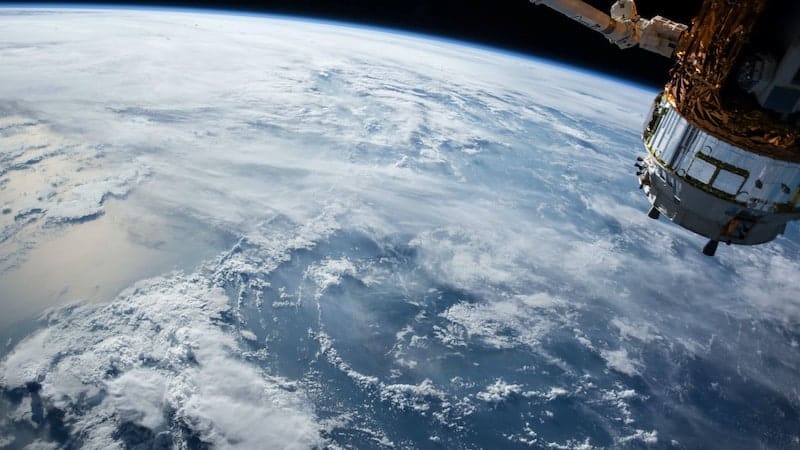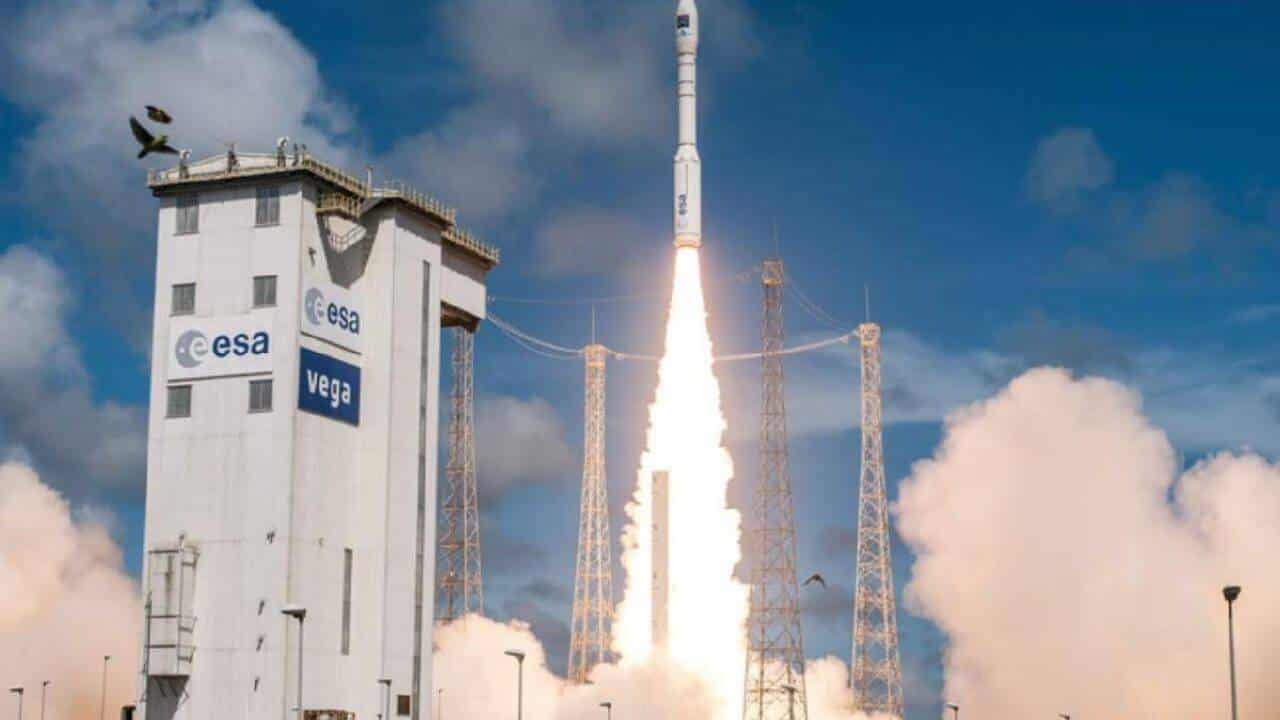Vega C, the ESA (European Space Agency) rocket which, as they say, also speaks Italian, was launched smoothly.
The Vega C rocket took off two hours behind schedule from the launch pad of the Kourou spaceport in French Guiana.
After a stop a few minutes after launch, the final ok was given at 14.11, and at 15.13 (Italian time) on Wednesday 13 July the launcher left Kourou, with his engines providing a thrust equal to that of 200 Formula 1 cars. Well so, because that was the last launch window available.
The launch concluded in just over 2 hourswith the release of the load into orbit and the shutdown of the last stage (the stages are the segments that light up in sequence) of the rocket.
After switching on and starting, the thrust is guaranteed by the second and third stage, which exhaust their task 7 minutes and 22 seconds after the launch. After that Avum +, the liquid propulsion stage, comes into operation, which transports the loads into orbit, releasing the satellites on different orbits.

Vega C and Italy
It was said that the launch of the Vega C rocket is a European issue but also an Italian one.
First of all, because the launcher of the European Space Agency was built in Italy, and more precisely in Colleferro, by Avio. That is a company founded in 1912 and which today can count on over 1,000 employees located between Italy, France and French Guiana.
The cargo of Vega C is also partly Italian: the scientific satellite Lares 2, of the ASI (Italian Space Agency) and 6 cubesat, that is miniaturized satellites, are part of it. Three of which are the Italians Astrobio and Greencube and Alpha, made for ASi, the first two by INAF (National Institute of Astrophysics) and by Sapienza, and the third – Alpha – by the Arca Dynamics company.
The Vega C rocket more closely
The rocket launcher Vega C (where Vega stands for European Advanced Generation Carrier, and C is the initial of Consolidation) is better than the previous Vega.
Meanwhile, it boasts the new solid fuel P120 engine, an improved second stage. It is almost 35 meters high, and its increased load capacity allows it to carry up to 2,200 kilos in low earth orbit, against 1,500 for the Vega.
We have already mentioned the new Avum + liquid propellant engine, which allows Vega C to release loads in 3 different orbits. Avum + is in fact able to carry out 7 restarts. The engine directs the final stage into a re-entry orbit, so it burns in the atmosphere without leaving debris.
The cargo of Vega C
The aim of this inaugural launch is above all to verify that the procedure is successful.
The main load is represented by the satellite Lares 2 (LAser RElativity Satellite 2), a satellite composed of a nickel sphere 42 centimeters in diameter. His goal is none other than to experimentally verify a consequence of general relativity. Lares 2 will be hit by laser beams coming from the Earth, thanks to which it will be possible to measure its position with extreme precision. In this way it will be possible to understand how the position of the satellite itself is influenced by the Earth’s gravity.
The three Italian cubesats are, as we said, Astrobio, Greencube and Alpha. The first will conduct biochemical experiments, the second will deal with the cultivation of vegetables in orbit. While Alpha will study some phenomena related to the magnetosphere.
The other three cubesats, two French and one Slovenian, will study the effects of radiation on electrical systems.
Ten years after Vega
The launch of Vega two follows the first flight of Vega, dated February 13, 2012, by ten years.
Vega took off for the last time on April 29th, as we told you in another article.
The statements
There is palpable satisfaction with the launch of the Vega 2 rocket.
The minister for technological innovation and digital transition, Vittorio Colao, said: “Today we celebrate the success of an important investment for Italy. A project pursued with determination in the last 7 years to guarantee our country and Europe, its industry and its scientific community, a strategic capacity: autonomous access to Space. Indeed, the launch of Vega C confirms Europe’s leadership in space and makes us proud of the decisive contribution of the Italian industry in this sector which can now count on a more advanced and competitive mid-size launcher. With Vega C Italy is today the only country in Europe together with France – and one of the few in the world – to have independent access to Space. “
And the president of the Space Agency, Giorgio Saccoccia: “With the success of the inaugural launch of Vega C, Europe is equipping itself with the first of a new generation of more performing and flexible launchers to better meet the needs of the commercial and institutional market for satellites, which is increasingly challenging at an international level. At the same time, Italy, at the helm of a European supply chain in the ESA sector in the Vega program, today sees its positioning in the space transport sector even more strengthened, thanks above all to its industry led by the first contractor of Vega C, Avio. “















Leave a Reply
View Comments